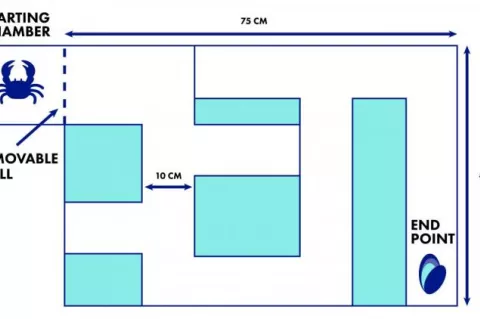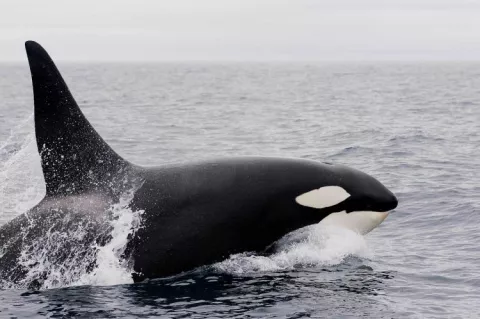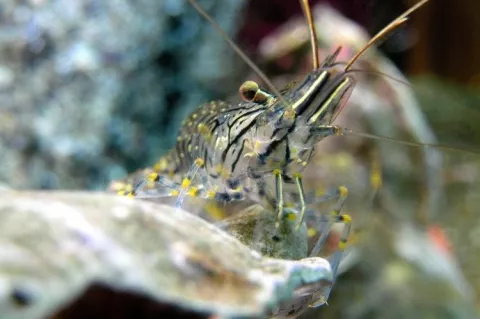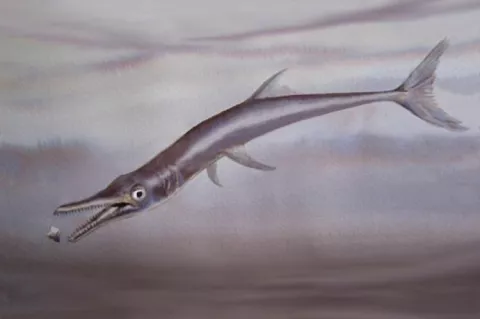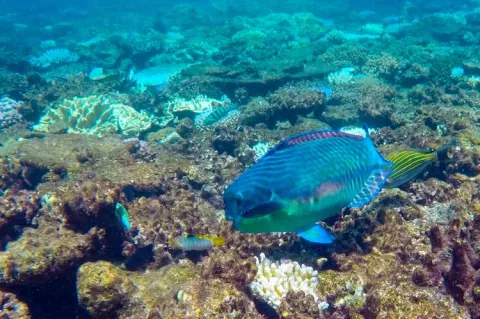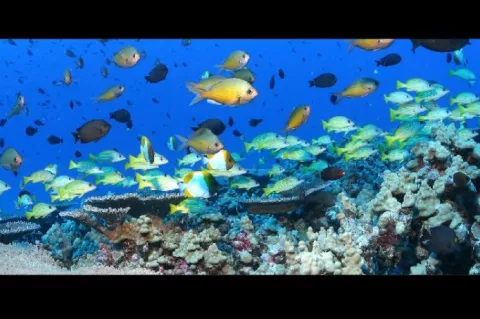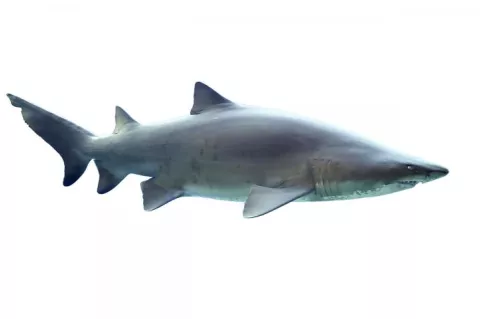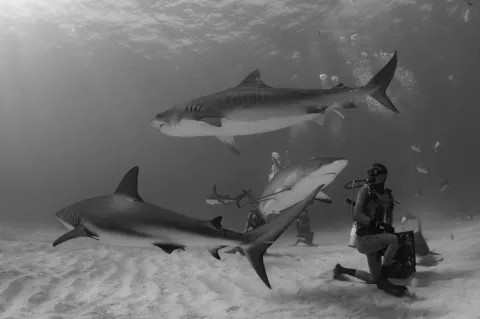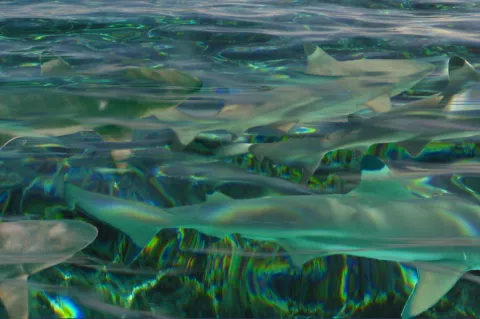Study reveals crabs' spatial learning skills
Many studies about spatial learning in animals have focused on land animals, and less so in marine animals, possibly due to the difficulty in following them around.
This new study, led by Swansea University marine biologist Ed Pope and master’s student Ross Davies, gives a glimpse into the European shore crab’s level of spatial learning ability.
First, the team constructed a special maze that measured 75cm by 50cm. A single crushed mussel was placed at the end of it.

